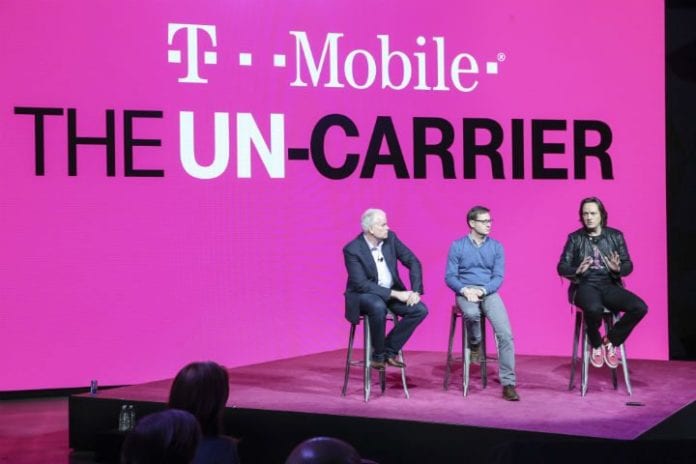Like it, love it or hate it? Enterprises are unsure about what to make of 5G. A study conducted by Barclays found that at best only 9% were allocating resources for 5G and at worst, only 28% know what 5G is. In other words, the majority of enterprises do not even know the technology – let alone have a strategy for it. Research from KPMG value the enterprise market close at an eye-watering $4.3 trillion. There’s all to play for.
Look beyond the glitz 5G advertising – and the technology does play a major role transforming the future of business. 5G dovetails 4G with a significant technological improvement for enterprises: industry 4.0 (I4.0). The next industrial revolution broadly includes the Internet of Things (IoT), its enterprise flavor industrial internet of things (IIoT) – and Artificial Intelligence (AI).
5G’s nitty gritty
5G networks are built on service-based architecture in which all core network elements can be deployed as microservices. Delivered over three different type of bands, the service will be created by operators for different purposes.
For the most part, enterprises will require high bandwidth. Mobile operators will deploy multiple small cells and massive MIMO antennas to minimize interference between adjacent cells. This ensures high bandwidth with improved coverage. What’s more, 5G’s network slicing allows operators and enterprises to allocate multiple slices for different use cases.
For instance, an operator might deploy 5G network slices in a data center, providing an individual slice to different enterprise clients for each specific slice. This strategy is of benefit to operators, enabling them to easily onboard new enterprises, scale, add new services and optimize network resources.
No wonder ABI Research estimate that network slicing alone could be worth $66 billion for operators across different verticals.
Take 5G control
One aspect of 5G is that it will benefit enterprises that rely on human labor to monitor equipment or collect data. These can include smart meters, oil pipelines, mines and vast agricultural farms etc. Doing so enables enterprises to make informed decisions faster and upskill its workforce while adapting technology to collect, monitor and action data. In a nutshell, it makes the process more efficient.
Manufacturing for example, relies on countless devices that require constant monitoring, a process that in the past primarily occurred through manual checks. Such processes can be resource intensive and can even result in lower quality if there was human error. With 5G, manufacturers have the option of developing a private cellular network in which the enterprise effectively becomes the network operator.
Businesses have the ability to control the network, services, allocation of spectrum and more.
Enterprises also can leverage 5G for security to avoid data leaks. It’s even possible for an enterprise to establish a private 5G connection to keep data completely on premise, thereby avoiding security issues outside of the corporate network or on an operator cloud.
5G pains
Interestingly, it is not just enterprises that face uncertainty with 5G. Operators themselves face significant challenges thanks to 5G and I4.0. For instance, slicing the core network is a given. However, 5G and I4.0 require end-to-end slices, meaning network connectivity, radio access networks (RAN) and radio spectrum also have to be sliced. Slicing radio networks is complex and requires advanced analytics for each slice. It is easier said than done.
Moreover, operators must migrate the entire infrastructure to a cloud-based, virtualized network that provides orchestration to onboard network slices and maintain enterprise-specific slices. Tracking Service Level Agreements (SLAs) for each enterprise slice is a major hurdle.
As enterprises move towards I4.0, connectivity needs be interoperable to reach various devices and sensors while applying AI to collect data for auto correction. This requires enterprises to incur additional costs for robust data analytics engines and AI to adapt to their production line needs.
Enterprises also face significant labor challenges. Most workers are unskilled at using and controlling technology involved with 5G and I4.0. Enterprises will need to upskill and even hire new skilled labor, which can all add up and impact the bottom line.
5G: No pain, no gain
5G might not have been love at first sight, but businesses can ill-afford to bury their heads in the sand and ignore it. A number of savvy enterprises are already working closely with mobile providers to leverage 5G service offerings and boost their revenues.
The technology holds a great deal of promise for enterprises that understand its intricacies and know how to best to incorporate them. And it is not just for enterprises. According to the GSMA, 5G could contribute to global GDP by over 4% by 2023 as the technology improves productivity and efficiency. That is because 5G and mobile technology touches almost every facet of business to improve existing products, services and processes – and transform the future.
Surely a trillion dollar opportunity is too good to miss!

